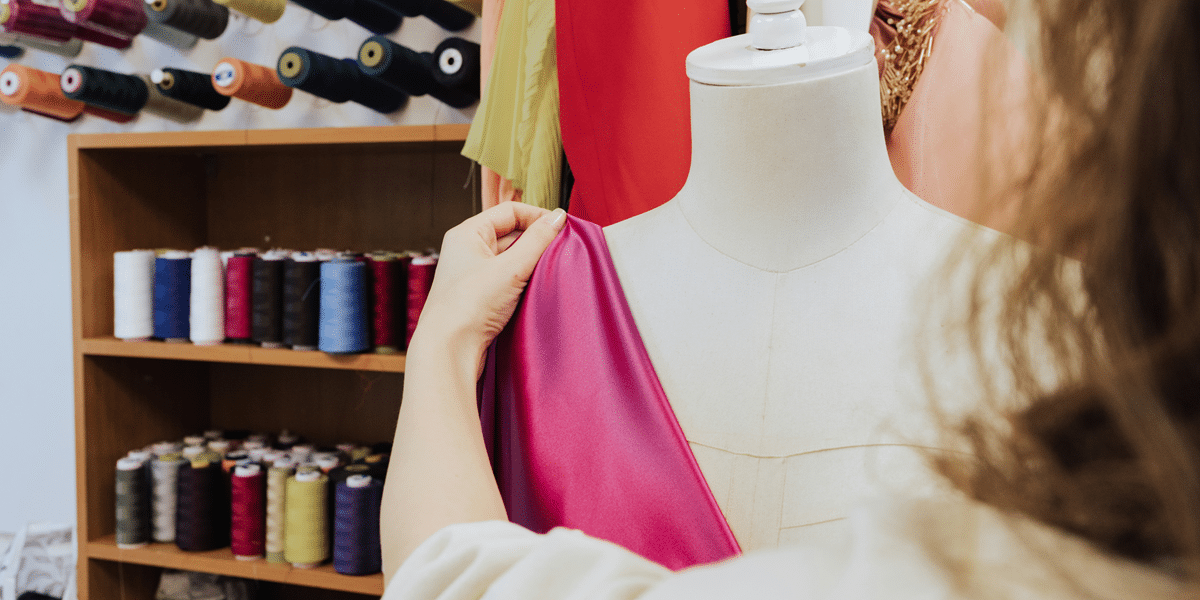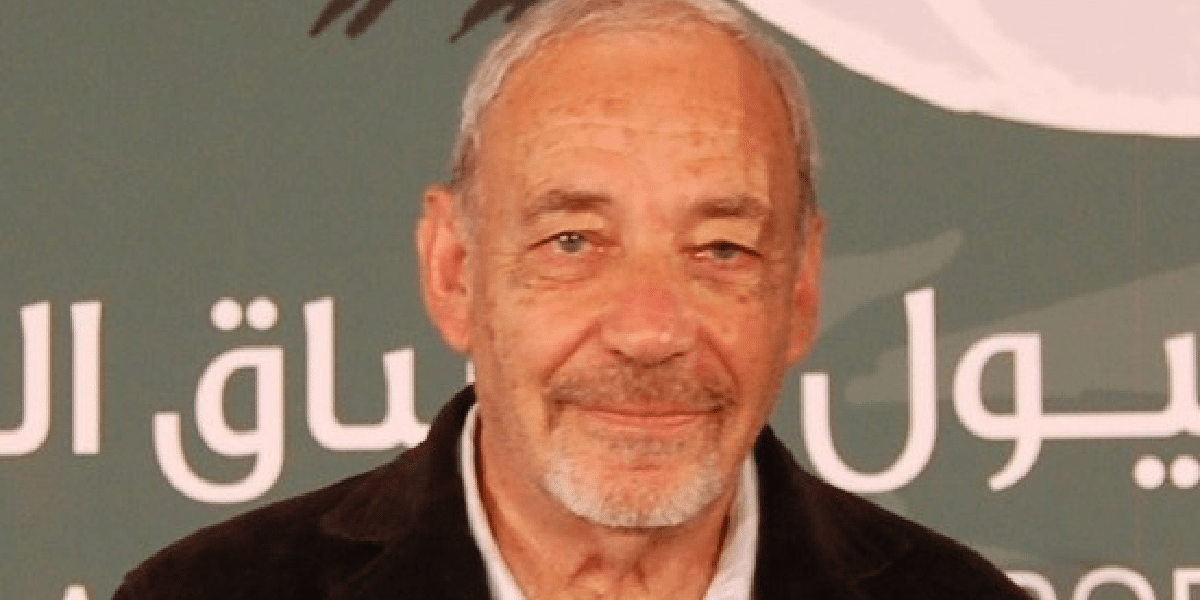Olga Nikoza – Designing Dreams
Image commercially licensed from: Unsplash
Fashion design is a form of art in which we apply visual principles and aesthetics to create clothing, accessories, and footwear. It is an expression of who we are socially and individually and is a way to communicate our beliefs, tastes, ideas, values, thoughts, and culture. Through fashion, we can externalize our personality and mold ourselves into what we want the world to see. It shows our morals, intelligence, creativity, and way of life. Designing clothing and becoming a fashion designer is not easy and requires great garment fabrication and designing skills.
Fashion designers create concepts and designs which are translated into garments through manufacturing and production. They analyze the current fashion trends and produce inspired ranges of accessories and clothing accordingly. A fashion designer not only designs a product but also performs various other duties such as choosing materials, creating prototypes and sketches, marketing products, working and supervising design team members, performing business administration tasks, creating mood boards for illustration of themes, and researching different styles and trends. One of the most prominent names in the fashion design industry is Olga Nikoza, who is known for designing resort wear which includes dresses, swimwear, jewelry, coverups, and other accessories.
Nikoza is a Miami-based fashion designer who was born in St. Petersburg, Russia. She attended the Parsons School of Design, Fashion Institute of South Florida, and Miami International University of Art and Design to learn more about fashion design and enhance her skills and knowledge in the field of fashion. She observes the natural environment very carefully and pays a lot of attention to little details of nature such as the changing colors of the oceans, flourishing flowers of the tropics, and the sunsets, which are also the source of her creativity and ideas. She uses and utilizes the vivid and dramatic colors of the natural world in her designs.
According to Nikoza, observing people from different cultural backgrounds residing in Miami and its natural surrounding adds to her creativity. Because of her passion for fashion designing, Nikoza laid the foundation of her fashion designing brand and named it “Nikoza.” She selected a butterfly as her brand’s logo as it has great significance and deep meaning for her; according to her, a butterfly represents elegance, freedom, and feminine characteristics. Her Phalaenopsis collection which she designed and displayed at the Jungle Island and the SLS Hotel by DCSW was inspired by butterflies, orchids, and vivid colors of South Florida. The collection was also named after a type of orchid. Her clothes and accessories in the Phalaenopsis collection featured orchids as an accessory as well as a print on the clothing material. Her bathing suits have a very unique 3D embroidery that resembles orchids in appearance. Nikoza, because of her contributions and efforts in the fashion industry, was featured on the front page of Éclair magazine. Fashion designers like Olga Nikoza have contributed to the success and growth of the fashion industry, which is a prominent and booming industry nowadays, providing us with an opportunity to change, improve and grow. After all, fashion not only allows us to express ourselves but is also a reflection of who we are.






